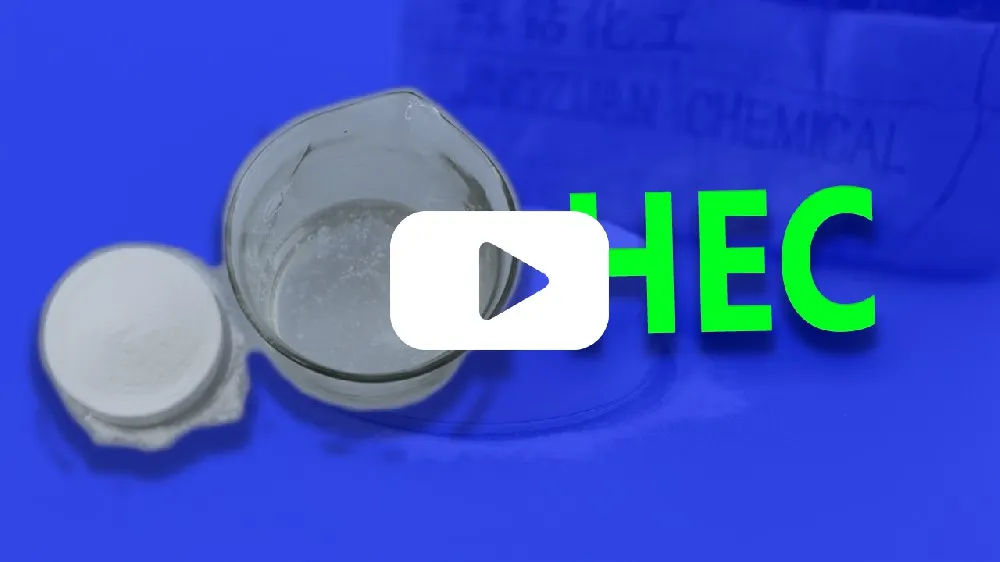
10월 . 11, 2024 02:07 Back to list
hpmc applications
HPMC Applications A Comprehensive Overview
Hydroxypropyl methylcellulose (HPMC) is a versatile cellulose derivative widely used across various industries due to its unique properties. From pharmaceuticals to food production, HPMC has established itself as an essential ingredient in numerous applications. This article explores the multifaceted uses of HPMC, highlighting its significance and benefits in different sectors.
HPMC Applications A Comprehensive Overview
In the construction industry, HPMC is used as a vital additive in cement, mortar, and plaster. Its water-retaining properties improve workability and extend the open time of mixtures, allowing contractors to apply and manipulate the material more effectively. Moreover, HPMC enhances the adhesion and flexibility of these compounds, which is crucial for ensuring durability and longevity in building applications. This makes HPMC an invaluable component in construction chemistry.
hpmc applications

The food industry also benefits significantly from HPMC. As a food additive, it is classified as a thickener, emulsifier, and stabilizer. HPMC helps improve the texture and consistency of various food products, including sauces, dressings, and baked goods. Its ability to retain moisture keeps food products fresher for longer, which is advantageous for both manufacturers and consumers. Additionally, HPMC is a popular ingredient in gluten-free baking, as it mimics the texture and elasticity that gluten would provide, making it easier to create enjoyable gluten-free alternatives.
In the cosmetics and personal care sector, HPMC finds its application in numerous products, including lotions, creams, and hair styling products. Its thickening and stabilizing properties contribute to the texture and viscosity of formulations, while also acting as a film-former that provides a smooth application. HPMC is often favored for its ability to enhance the performance of cosmetic products without causing irritation, making it suitable for sensitive skin types.
Lastly, HPMC is increasingly being explored in the realm of biodegradable and environmentally friendly materials. Its inherent biodegradability aligns with the growing trend towards sustainable practices, leading to its use in eco-friendly packaging and disposable products. As consumers become more environmentally conscious, the demand for biodegradable alternatives will likely facilitate further innovations in HPMC applications.
In conclusion, Hydroxypropyl methylcellulose is a multifunctional compound with vast applications spanning multiple industries. Its unique properties, such as thickening, binding, and film-forming abilities, make it an indispensable ingredient for pharmaceuticals, food products, cosmetics, and construction materials. As research continues and industries evolve, HPMC is expected to play an even more significant role in creating innovative solutions and enhancing product performance, contributing to a more sustainable future.
-
Versatile Hpmc Uses in Different Industries
NewsJun.19,2025
-
Redispersible Powder's Role in Enhancing Durability of Construction Products
NewsJun.19,2025
-
Hydroxyethyl Cellulose Applications Driving Green Industrial Processes
NewsJun.19,2025
-
Exploring Different Redispersible Polymer Powder
NewsJun.19,2025
-
Choosing the Right Mortar Bonding Agent
NewsJun.19,2025
-
Applications and Significance of China Hpmc in Modern Industries
NewsJun.19,2025







